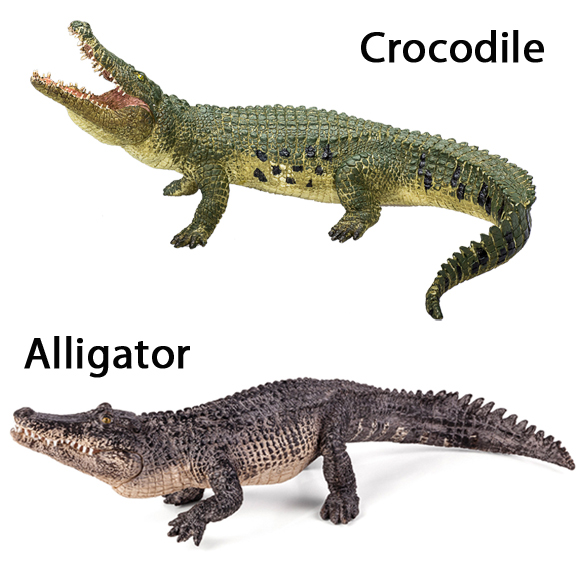Female Cuban Crocodiles Endangering their Own Species According to New Study
New Research shows that Cuban Crocs are Hybridising with American Crocodiles
It is always refreshing to see representatives of Cuba getting on with Americans but for the Cuban crocodile (Crocodylus rhombifer) things may be going too far as new research suggests the rare Cuban crocodiles are cross-breeding with American crocodiles and this could have stark consequences for both species.
Crocodiles
A new genetic study by a team of Cuban and American researchers confirms that American crocodiles (Crocodylus acutus) are hybridising with wild populations of critically endangered Cuban crocodiles, which may cause a population decline of this species found only in the Cuban Archipelago.
Cuban crocodiles and American crocodiles have been confirmed to interbreed in captivity and were suspected to hybridise in the wild, but until this new study, there had been no scientific proof that this was happening. This is the first genetic study that confirms wild hybridisation., between these two species of crocodile.
The study, which appears in the spring issue of the scientific publication “The Journal of Experimental Zoology”, provides definitive genetic evidence that interbreeding is taking place in the wild and that these two types of crocodile are very closely related.
The Difference Between a Crocodile and an Alligator
Known for their leaping ability and aggressive disposition, Cuban crocs are a charismatic and culturally significant species to Cuba. Exact population estimates for the species remain unknown, though scientists believe that a minimum of 3,000 individuals remain in the Zapata swamp. A smaller population exists in the Lanier Swamp on the Island of Youth. The species was extensively hunted from the middle of the 19th Century through to the 1960s resulting in drastic population declines.
The team collected and analysed DNA from 89 wild-caught Cuban and American crocodiles and compared this genetic material with two samples from crocodiles kept in captivity.
The genetic data produced an unsuspected result, American crocodiles in Cuba are more closely related to Cuban crocodiles than other American crocodile populations found along mainland Central America. The study found just a 1 percent genetic sequence divergence between Cuban crocodiles and American crocodiles in Cuba yet an 8 percent divergence between American crocodiles in Cuba and other American crocodile populations living in mainland Central America.
This finding indicates that Cuban crocodiles and American crocodiles in Cuba may represent two evolutionary significant units (ESU’s), populations considered distinct for conservation purposes and represent an important component of the evolutionary legacy of the species.
The researchers say that hybridisation may be one of the most important threats to Cuban crocodiles, along with illegal hunting and habitat modification. Hybridisation can result in both replacement and genetic mixing, and one lineage may cause the extinction of another. The authors of the paper, whilst commenting on the significance of their discovery have expressed grave concerns over their findings for the preservation of the Cuban crocodile. They have called upon Government agencies to take steps to avoid interbreeding in the wild and to ensure that the physical separation and segregation of these two species be considered in future conservation programmes.
The crocodiles of Central America have been in the news recently, as there have been moves to take away the protected status of the rare Mexican crocodile.
To read an article about this: Crocodile to Lose its Protected Status.
Although rare in the United States, the American crocodile has a much wider distribution than the Cuban crocodile and is therefore under less threat of extinction.
For models and replicas of crocodiles and alligators (whilst stocks last): Mojo Fun Prehistoric and Extinct Models and Figures.


